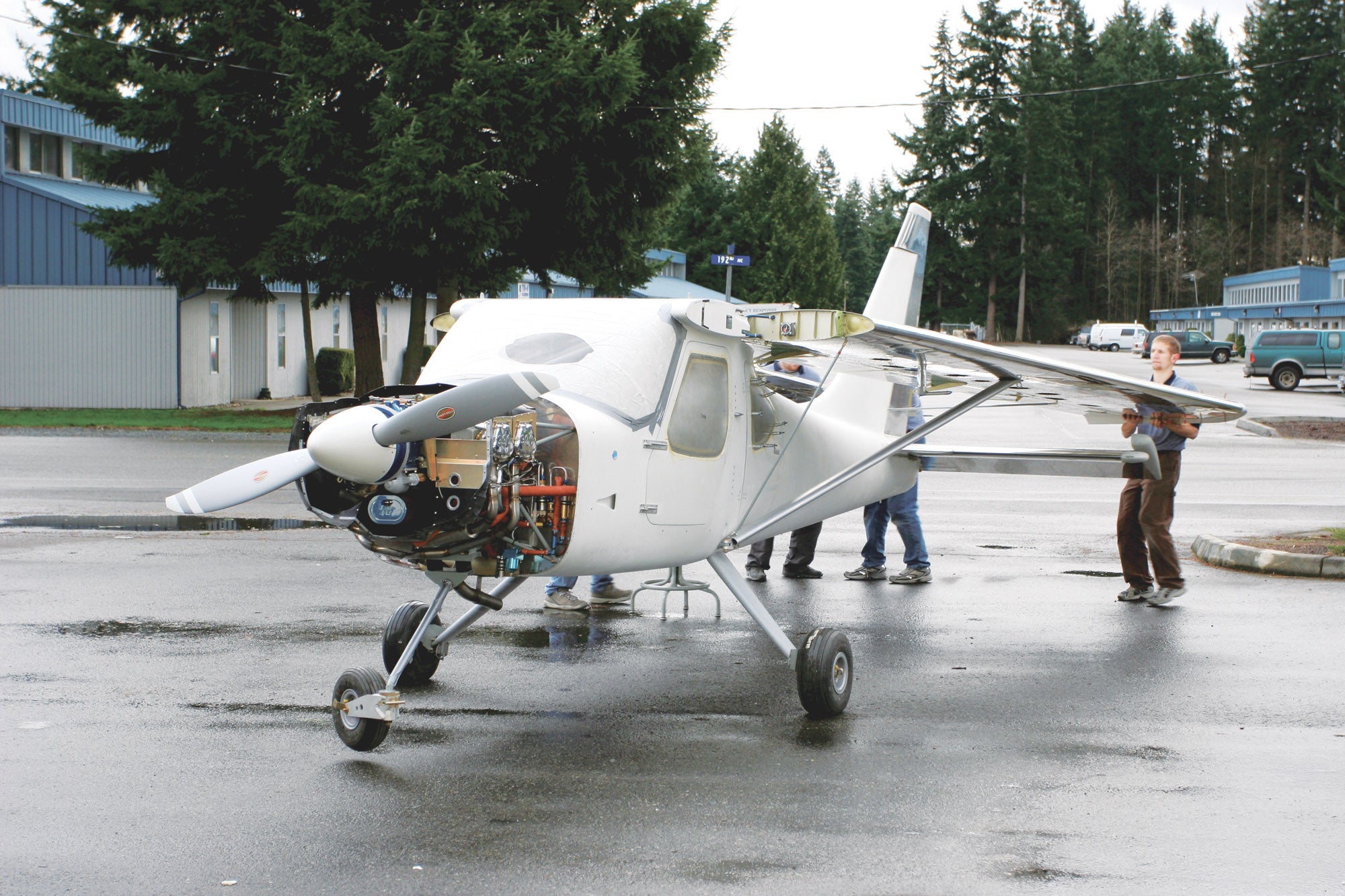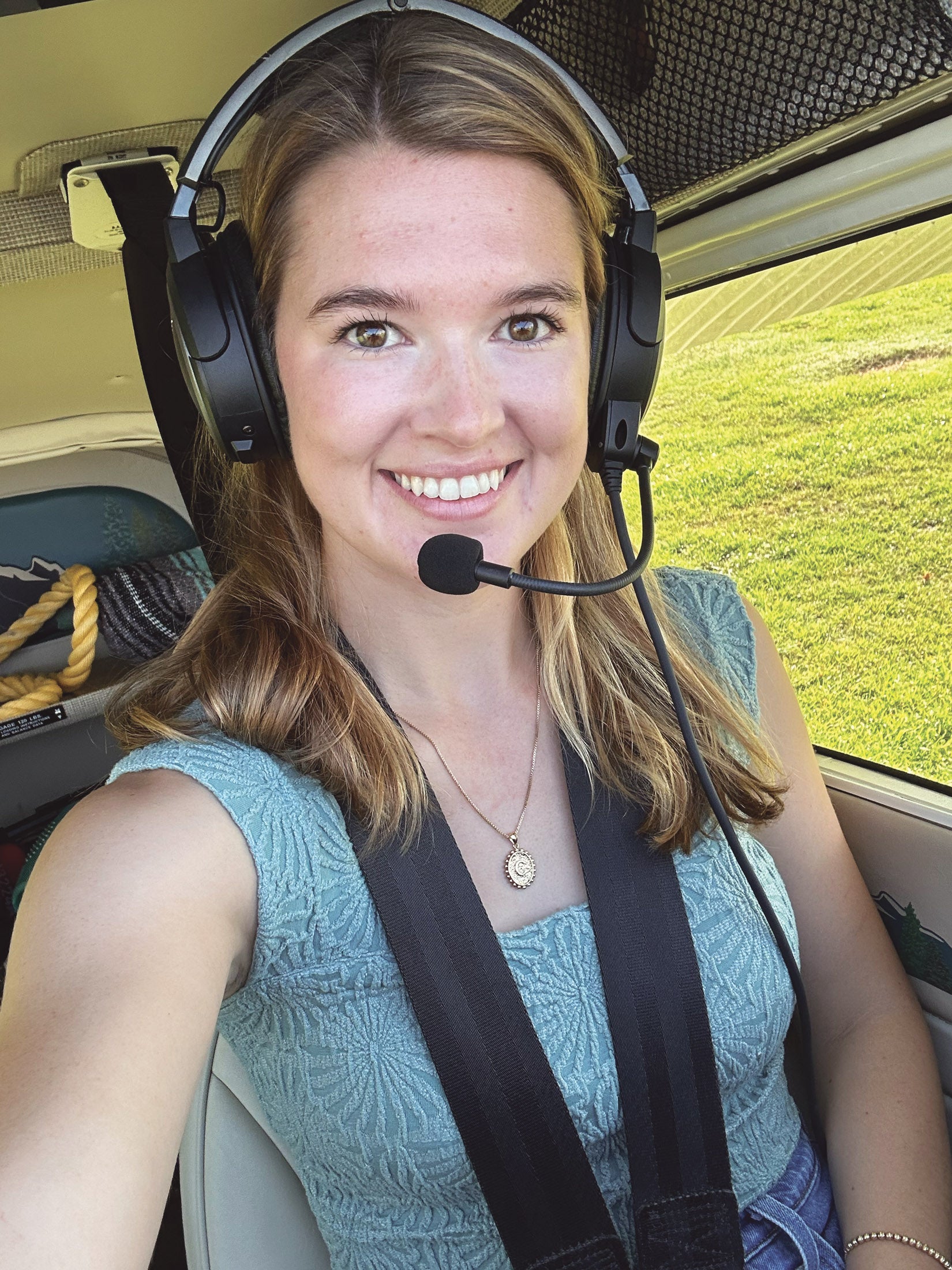
We have a few changes around here that are worthy of mention. First of all, I’m excited to start a different kind of build series that Paul Dye, our esteemed editor at large and former editor in chief, and I have been talking about for some time. As a multiple builder—the F1 Rocket he’s constructing is his fifth—he has a very experienced and highly nuanced view of homebuilding aircraft. He has, as the cliché goes, been there and done that.
The series is called Eating the Elephant. In typical Paul fashion, it is what it sounds like: an explanation of ways to reduce the long-term and marvelously complex task of building an airplane into digestible bits, a way of putting one foot in front of the other. As such, it’s not about drilling holes or driving rivets. (He’s done that.) It’s not about flight testing. (He’s done that.) It’s not about rebuilding a Lycoming engine from the ground up. (Yes, he’s also done that.)
No, Eating the Elephant is about the mental game of building. It’s a long-form distillation of all the tactics and hard-won lessons Paul’s gained over the years in the shop—building his own airplanes as well as helping others. (Even more so now that he’s a DAR.)
It’s my hope that Paul will offer guidance to help you with your project—whether you’re considering a build, are partway through or can even see the finish line from where you stand. Truth is, we’ve touched on some of these topics before, inevitably when we talk about any large project. You are seeing pieces of this in Jon Humberd’s Zenith build, Tenley Ong’s RV-6 restoration and countless other stories and series we’ve run over the years. But Paul is looking to tease out the parts of the build that aren’t about actually building and examine them through the filter of his experience. I know this will be useful.
If You Know You Know
I think builders with completed airplanes on their resume can relate. I know that in my own projects there were times I wanted to stop what I was doing, put an ad somewhere saying “partially finished project with incompetent workmanship for sale” and hope for the best. Maybe get a buck or two out of the tools and write the rest off as education, like grad school with Clecos instead of textbooks.
I had several of those “what am I doing?” moments on my first build, an Aero Designs Pulsar. I was working largely alone and unsupervised. I made mistakes. I painted myself into corners. I had doubts. I had days when nothing seemed to go right—the epoxy pump’s calibration drifted, I couldn’t find my good fiberglass-cloth cutter, I prepared either slightly too little or egregiously too much epoxy for the intended layup. And I had days (even weeks) when I just couldn’t face the project. It sat, lonely in my rented hangar, costing me a few dollars a day doing little more than collecting dust.
Just then, it’s easy to get stuck inside your own head, unable to find a way out. I’m not sure what worked better, the passage of time or talking it through with my then-small circle of builder friends. Probably the latter, though I was too strong-willed (or maybe just sufficiently thick-headed) at the time to embrace self-forgiveness. Eventually, I’d find my way back to the hangar, dust off the tools, rework efforts that I was unhappy with and make progress once more.
My second build, as part of Glasair Aviation’s defunct Two Weeks to Taxi program, came with the bonus of working with the factory team—who knew what they were doing—but also the pressure of having to perform alongside them. There was a kind of forced commitment that helped me stay focused.
But there were also instances that tested my resolve. Somehow we got the mixture arm reversed and were vexed for several minutes as to why the Barrett IO-390 would start but not run. As I crawled around under the engine in the cold Washington air trying to diagnose the problem, I had a serious bout of “this is stupid, what are you doing?” run through my mind. The difference: I had a support group right there. We found the problem soon enough and were back on track, teasing each other for not realizing the mistake sooner but, crucially, offering external support to keep pushing. One elephant bite at a time.

A New Face
I’m excited to introduce Cayla McLeod as our new associate editor. She comes to us with a lot of GA experience, with a preference for classic airplanes flown off of small grass strips, the kind of nostalgic bent not often seen in 25-year-olds. Cayla will probably be seen more often over at Plane & Pilot, a GA-focused magazine in our group where she’s also on staff and one that I’m overseeing. She’s learning the process of putting a print magazine together—a skill I realize is far less common than when I started 43 years ago—but I’m also seeing her eyes open to the Experimental world. I’m confident that by summer I’ll have corrupted her enough that she’ll start imagining a build of her own.
Speaking of building, executive editor Mark Schrimmer is going to enjoy a hiatus from our brand to tend to family business and, he says, really get to work building his Van’s RV-12. Mark is the kind of thoughtful, thorough, intuitive writer and editor that anyone charged with keeping a magazine alive in 2025 really appreciates. While you didn’t see Mark’s byline often, he worked behind the scenes with our contributors to help build a source of knowledge and entertainment second to none in the homebuilt-airplane field. Thanks, Mark. You are and always will be a pro.













